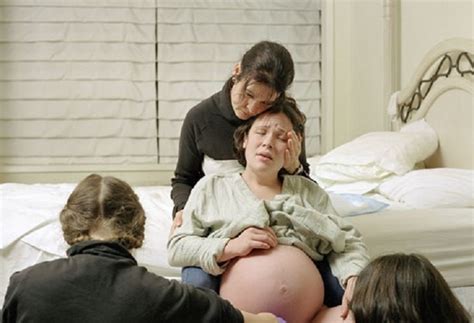儿童换牙顺序图20颗百度图片
Title: Understanding the Sequence of Children's Tooth Replacement: A Guide to 20 Primary Teeth
Introduction:
Understanding the sequence of children's tooth replacement is essential for parents and caregivers to monitor their child's dental development effectively. This guide provides insights into the order in which children's primary teeth are replaced by permanent ones, helping parents navigate this natural process with confidence.
1. Primary Dentition:
The primary dentition, commonly known as baby teeth, consists of 20 teeth in total. These teeth play crucial roles in chewing, speech development, and guiding the eruption of permanent teeth.
2. Timeline of Tooth Replacement:
The process of tooth replacement typically begins around the age of 6 and continues into the early teenage years. However, the exact timing may vary from child to child.
3. Sequence of Tooth Replacement:
Below is the general sequence in which children's primary teeth are replaced by permanent ones:
Lower Central Incisors (67 years):
The lower front teeth are usually the first to be replaced. The permanent lower central incisors push the primary teeth out as they erupt.
Upper Central Incisors (68 years):
Following the lower central incisors, the upper front teeth start to loosen and are replaced by permanent ones.
Lower Lateral Incisors (78 years):
Next, the primary lateral incisors on the lower jaw are replaced by their permanent counterparts.
Upper Lateral Incisors (78 years):
Similarly, the upper lateral incisors follow the same pattern of replacement.
Lower Canines (910 years):
Canines, also known as cuspids, are the pointed teeth next to the lateral incisors. They typically erupt after the incisors.
Upper Canines (1012 years):
The upper canines erupt later than the lower ones, usually between the ages of 10 and 12.
Lower First Premolars (1012 years):
Premolars, or bicuspids, are located next to the canines. The lower first premolars are among the first permanent molars to erupt.
Upper First Premolars (1012 years):
Following the lower first premolars, the upper ones emerge in a similar fashion.
Lower Second Premolars (1012 years):
Subsequently, the second premolars on the lower jaw replace their primary counterparts.
Upper Second Premolars (1012 years):
The upper second premolars complete the replacement of premolars in the upper jaw.
Lower First Molars (67 years):
The first permanent molars erupt behind the primary molars without replacing any primary teeth.
Upper First Molars (67 years):
Similarly, the upper first molars erupt without replacing any primary teeth.
Lower Second Molars (1012 years):
After the premolars, the second molars on the lower jaw begin to replace the primary second molars.
Upper Second Molars (1012 years):
Lastly, the upper second molars complete the process of tooth replacement.4. Monitoring Your Child's Dental Development:
Parents and caregivers should regularly monitor their child's dental development and consult a dentist if there are any concerns or deviations from the expected sequence of tooth replacement. Regular dental checkups are crucial for maintaining optimal oral health.
Conclusion:
Understanding the sequence of children's tooth replacement can help parents and caregivers navigate their child's dental development effectively. By familiarizing themselves with this natural process, they can ensure proper oral care and seek timely intervention if needed. Regular dental checkups are essential for monitoring dental health and addressing any issues that may arise during this transitional phase.











评论